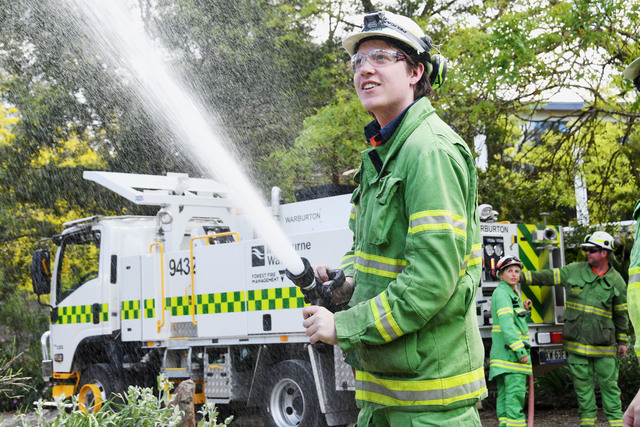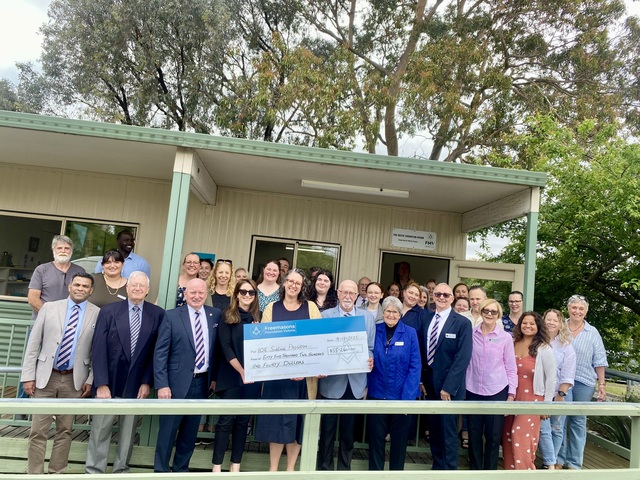By Russell Bennett
DOZENS of Gembrook families fear their town’s patchy mobile phone coverage will cost lives in emergency situations.
Two of the most travelled roads in and out of town – Pakenham Road and Launching Place Road – have large reception black spots, preventing calls from fleeing residents on Code Red fire days.
And Gembrook Township Committee president David Nickell said the community’s urgent calls for improved coverage could go unanswered by Telstra for up to five fire seasons, following a meeting he had with the telco and La Trobe MP Laura Smyth last year.
“This was one of the big things out of the (Bushfires) Royal Commission – the importance of communication,” Mr Nickell said.
“We can’t just wait for a coroner’s inquest after someone has died because of this, because it will definitely happen.”
Some of Gembrook’s most forested roads have also been left dangerously in the dark with reception issues. Residents on Mt Eirene Road, Bessie Creek Road, Morbey Road, Beenak East Road and Livio Drive are feeling the disconnect, as are those on Le Souef Road – right in the town centre.
But fire danger is not the only thing on residents’ minds. Mobile phones are heavily relied on in other emergencies including car and motorbike crashes, and snakebites.
When Gembrook CFA volunteer Craig Moore was the first on scene at an incident at the Shiprock Falls tourist hotspot on Launching Place Road in 2008, he had no mobile coverage. Fortunately Parks Victoria representatives were not far behind him. They had to use their radios to contact the police.
Mr Nickell pleaded for Gembrook residents to contact Telstra and urge the telco giant to speed up the process for increased phone reception.
But Telstra failed to allay residents’ fears.
“While there are no current plans to augment mobile coverage in this area at this time, Telstra will continue to review potential network upgrades in the area as part of our ongoing network investment planning,” a spokesman said.
According to Telstra’s figures, its ‘Next G’ network covers more than 99 per cent of the Australian population, but that does not mean 99 per cent of the country’s land mass.
Ms Smyth said she was aware of locals’ concerns and said she shared them.
“I have made representations on their behalf to both the Minister for Communications and Telstra,” she said.
“I also facilitated meetings with senior Telstra officers with the Gembrook Township Committee.
“At the meeting in March last year, Telstra advised that they were considering placement of phone towers in the region in accordance with their usual business case assessment.
“In making a decision to extend coverage to a particular area, carriers will consider a range of factors, including site availability, cost structures, likely levels of demand from users and overall economic viability of the service.”
Both Ms Smyth and CFA spokesman Gerard Scholten said mobile phone communication was only one of the ways in which emergency services could warn residents of impending fire danger.
Ms Smyth said the range of warning measures also included television, radio, public address systems, sirens and signs.
Wrong number- Gembrook Township Committee’s David Nickell, front, is fed up with his town’s lack of mobile phone coverage. John Cascone, Melissa Steele, and Craig and Makayla Moore, back, have all joi
Digital Editions
-

Growth strong in community football
Football participation across Victoria continued to grow in 2025 surpassing 250,000 registered participants to mark an all-time record for the state. Victorians accounted for more…





